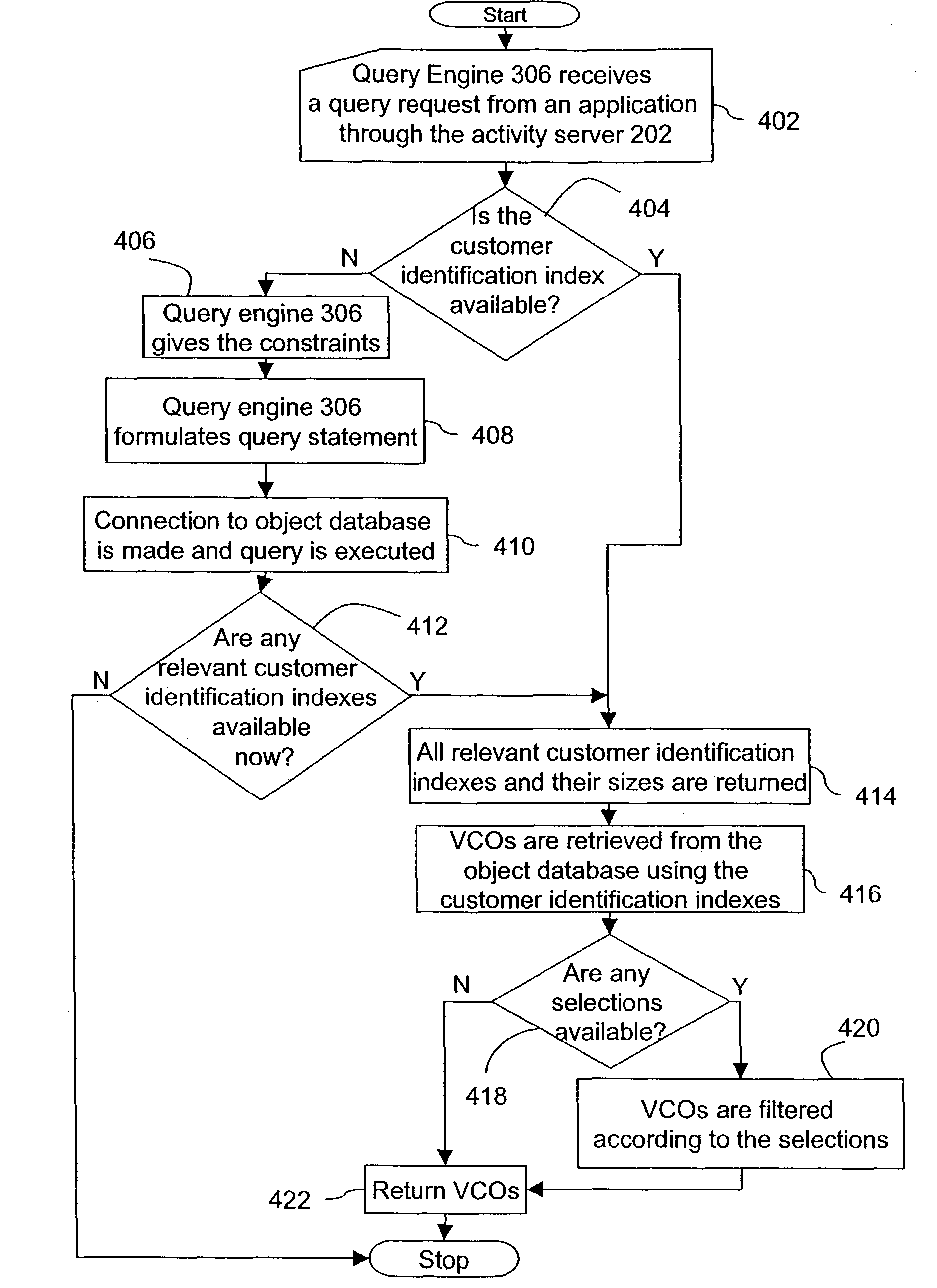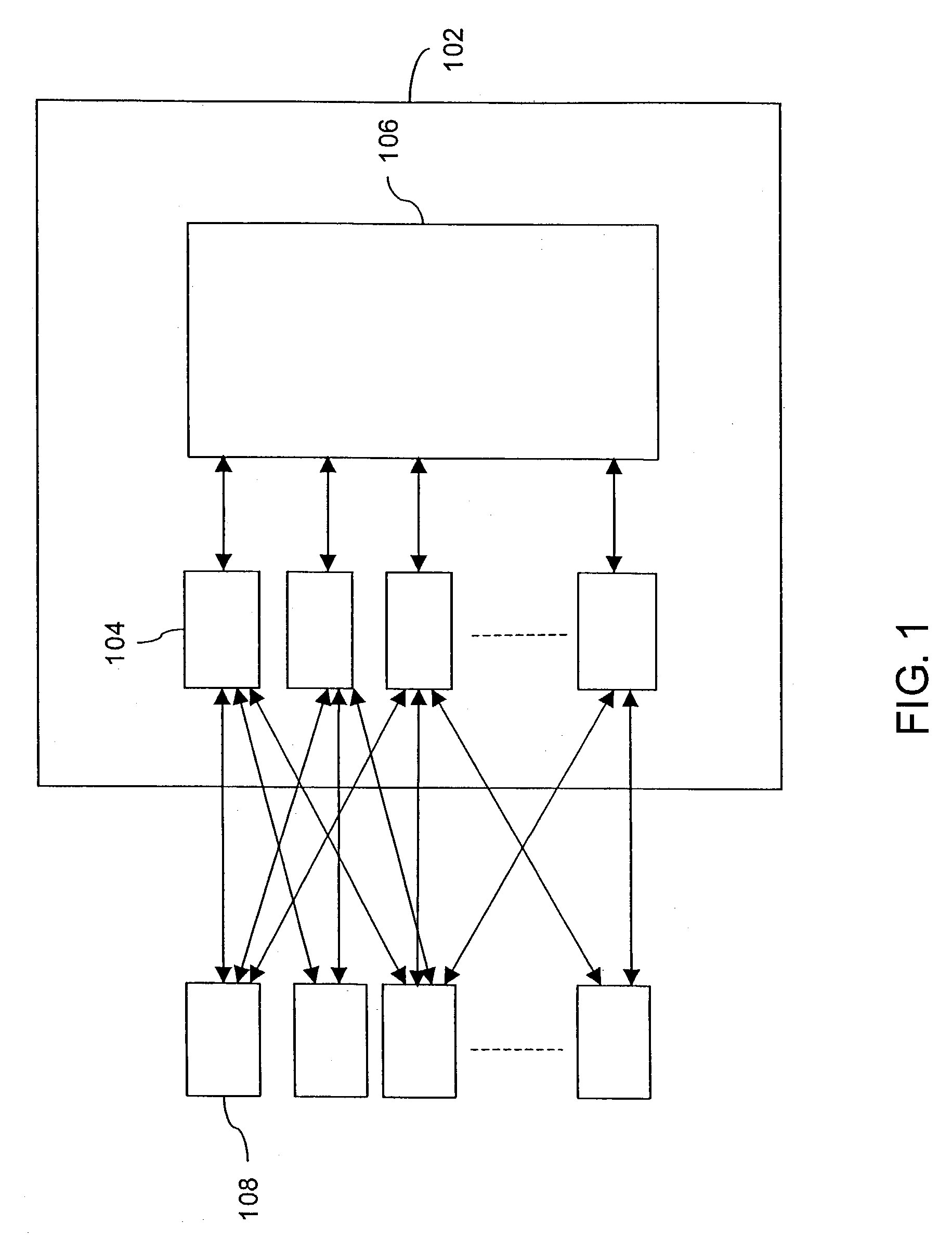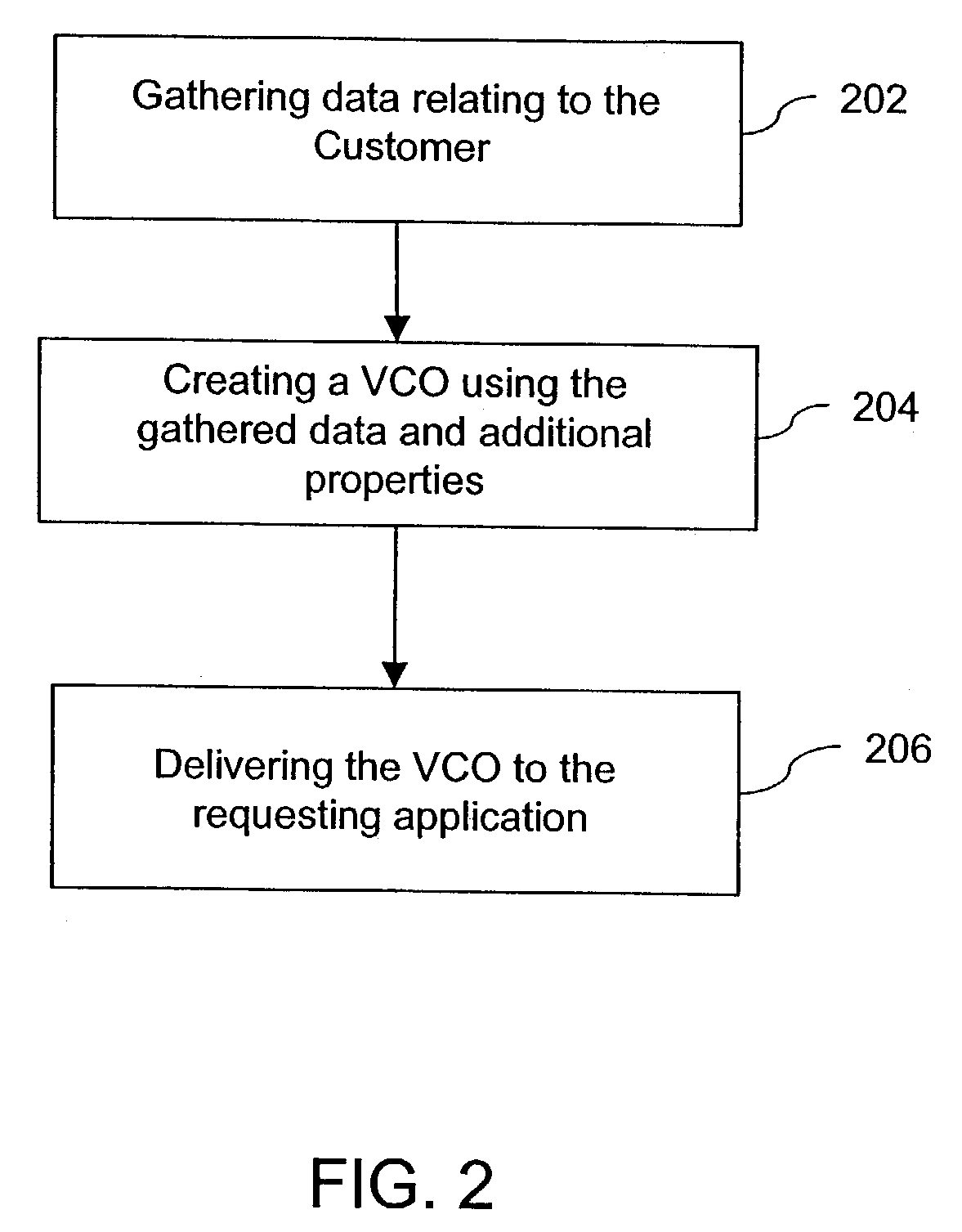System and method for integrating, managing and coordinating customer activities
a technology for managing and coordinating customer activities, applied in the field of enterprise applications, can solve problems such as increasing the complexity of operation in case of increase in the amount of data, not allowing bi-directional integration of business processes and rules, and increasing the process tim
- Summary
- Abstract
- Description
- Claims
- Application Information
AI Technical Summary
Benefits of technology
Problems solved by technology
Method used
Image
Examples
Embodiment Construction
[0037]A method, system and computer program product for coordinating activities of customers in an enterprise is disclosed. The system serves as an interface between different applications of an enterprise in order to synchronize the exchange of data across the applications. The data is stored as data objects at a central server. Different applications have access to these objects. Each customer has a specific data object corresponding to him / her and has specific attributes, besides the information relating to the customer. The various attributes of these data objects enable a common access point to all applications in the enterprise to the most recent data related to a customer, thereby providing real-time coordination of customer activities in the enterprise. Although the method and system are explained herein in the context of coordinating activities of customers, it must be apparent to one skilled in the art that the invention is not limited to customer activities alone. The met...
PUM
 Login to View More
Login to View More Abstract
Description
Claims
Application Information
 Login to View More
Login to View More - R&D
- Intellectual Property
- Life Sciences
- Materials
- Tech Scout
- Unparalleled Data Quality
- Higher Quality Content
- 60% Fewer Hallucinations
Browse by: Latest US Patents, China's latest patents, Technical Efficacy Thesaurus, Application Domain, Technology Topic, Popular Technical Reports.
© 2025 PatSnap. All rights reserved.Legal|Privacy policy|Modern Slavery Act Transparency Statement|Sitemap|About US| Contact US: help@patsnap.com



